The content of the article
Headache is a common symptom that occurs from almost every person from time to time. In some cases, the head hurts when overworked, lack of oxygen and during starvation. These are perfectly acceptable problems that can be solved in a few hours. But what if the headache is a symptom of a more serious illness? According to medical statistics, a headache is one of the most common symptoms in a person, which can indicate a huge number of diseases. Today we’ll talk about headache with sinusitis - how and why it manifests itself, the features of its course, and also talk about the treatment of headache with sinusitis with traditional and home methods.
Why with sinusitis headache
Sinusitis is a serious disease in which the maxillary sinuses located on both sides of the nose become inflamed. The disease begins, usually with a runny nose, nasal congestion, and mucus. If a bacterium enters the body, a runny nose develops into sinusitis. A large amount of pus is collected in the sinus cavity, the discharge from the nose becomes not just transparent, but also thick, green or yellow.
Since there are a large number of nerve endings in the area of the facial part of the skull, swelling and inflammation bring serious pain. With sinusitis, not only the head hurts, discomfort can go to the teeth and even the eyes. Inflamed sinuses create a lot of pressure, which literally bursts the face from the inside. The difficulty lies in the fact that getting rid of pain with the help of simple analgesics is very difficult, almost impossible. But how to associate a headache with sinusitis, because a head can hurt under different circumstances?
Features of a headache with sinusitis
Here are some signs that will help you associate a headache with sinusitis or, conversely, differentiate other diseases.
- If you really have sinusitis, this is accompanied by symptoms such as fever, thick and yellow (green) discharge from the nose, nasal congestion. In the nose area you feel extraordinary squeezing. Sinusitis can also be accompanied by symptoms such as pain in the eyes in bright light, lack of smell, etc.
- With sinusitis, the headache intensifies while the head is tilted forward. You will feel full and pressure in the sinuses near the nose.
- Sinusitis can be acute and chronic. In acute sinusitis, all symptoms intensify, a person, as a rule, loses working capacity. Chronic sinusitis occurs with less pronounced symptoms, but the disease lasts for weeks or even months - a runny nose does not go away for a long time, the head often hurts, a person quickly gets tired, immunity decreases.
- The nature of the headache with sinusitis is pulsating. The pain can weaken and increase depending on the position of the body, often the head hurts in the morning, when the mucus is filled in the sinus. After a good blowing or washing, the headache recedes.
- Headache with sinusitis is accompanied by swelling and redness of the inflamed sinuses. If you press on the affected area, the patient is pierced by acute pain.
- Sometimes, if the pain is very severe, it may not be localized in the maxillary and frontal sinuses, but distributed evenly throughout the head. This means that it will be difficult for the patient to determine the exact place where it hurts.
It should be noted that sinusitis can not always be caused by a bacterial infection.Often, mucus stagnates in the sinuses due to an allergic reaction. In allergic rhinitis, mucus is especially intensely excreted, and if it is not washed away in time, this leads to similar stagnant processes. Often, headache with sinusitis can be confused with inflammation of the trigeminal nerve. It is also accompanied by swelling in the nose, mucus secretion, severe headache in the sinus area. Sinusitis headache is often confused with migraine - it is also viscous and throbbing. However, in the latter case, the pain may be aggravated by noise or bright light.
Medication for headache with sinusitis
Since a headache is a symptom of a major sinusitis disease, therefore, treatment is usually aimed at the source of the disease. As soon as you begin to be properly treated for sinusitis, the headache will gradually disappear. Here is an approximate basic treatment for sinusitis.
- Antibiotics. This is the main way to suppress the bacteria that caused the disease. Only a doctor should prescribe antibiotics, ideally, bacteriological inoculation of the mucus should be done for sensitivity to antibiotics, and one or another group should be selected on its basis. Antibiotics should be taken according to the scheme, at the same time with equal intervals of time, in order to provide the necessary dose of the drug in the body throughout the day. In the fight against sinusitis, such drugs as Azithromycin, Amoxicillin, Ceftriaxone, etc. are prescribed.
- Antihistamines. With any runny nose, and even more so, with sinusitis, you need to take antihistamines. If a runny nose is allergic in nature, antihistamines will quickly help you stop mucus secretion. But, even if the common cold is caused by bacteria, antiallergic drugs are also necessary - they will help relieve swelling, improve the patency of the drugs to the maxillary sinuses. You can take anything you like - Zodak, Diazolin, Zirtek, Suprastin, Fenistil, etc.
- Probiotics Preparations with live beneficial bacteria are simply necessary when taking antibiotics to keep the intestinal microflora healthy. These can be Lacto and Bifidobacteria, Hilak Forte, Linex, etc.
- Nasal drops. Local treatment should be done with nasal drops, preferably with an antibiotic. But you need to know how to instill drops so that they reach the sinus cavity. First you need to rinse your nose or just blow your nose thoroughly to get the most out of mucus in the nasal passages. Then it is necessary to instill vasoconstrictor drops in the nose or spray the spray. It can be Nazivin, Vibrocil, Rinofluimucil, etc. This will help relieve swelling of the mucosa so that the medicine gets straight to its intended purpose. After 5-10 minutes, you can instill the main therapeutic drops. Protorgol, Isofra, Polydex, Sofradeks very well helps.
Along with this, it is useful to take a herbal preparation against chronic and acute sinusitis - Sinupret. It relieves swelling, opens breathing, and suppresses inflammation. If the disease is accompanied by other symptoms, additional medications for sore throat, coughing, antipyretics, etc. are taken. This set of measures will give a tangible result in the fight against headache with sinusitis in a few days. If the disease is very serious, you can improve your health with the help of special procedures.
The fight against sinusitis in the office of an ENT doctor
There is no more effective way to clear the maxillary sinuses than to rinse according to Proetz. The people call the procedure cuckoo. This is a painless but slightly uncomfortable procedure by which the sinuses are thoroughly cleaned and treated with an antibiotic. The vacuum apparatus draws out all the mucus from one nostril, the second is clamped. Then the doctor injects the medicine into the cavity of one nostril, and draws fluid from the second. It turns out that the antibiotic processes the sinuses and mucous membranes completely.This relieves swelling, redness and pain, prevents the further growth of bacteria. As a rule, after 3-5 daily rinses, the disease goes away, headaches stop.
Another way that can help you is through puncture. A puncture is made in the skin directly above the sinus, with the help of a catheter, all mucus, pus, etc. are removed from the sinus, washed with a liquid with an antibiotic. This is a very effective procedure, after which the headache goes away instantly.
Home ways to fight headache with sinusitis
You can speed up recovery if you use home recipes and procedures along with traditional treatment.
- Washing. It is not necessary to rinse your nose in the otolaryngologist’s office if you can do it yourself. For washing, you will need a small kettle or a special watering can with a small nose. You can wash your nose with warm or salt water, a solution of furatsilina or any other antiseptic fluids. Place the nose close to the nostril, and then turn your head gradually to the side so that the liquid begins to pour out from the other nostril. Rinse the nose by drawing in the nostrils of the liquid or using a syringe without a needle. For children, the nose is washed with a pipette, and then the mucus is sucked off with a special aspirator.
- Inhalation. This is a great way to clean your nose and disinfect it with antiseptic vapors. It is much more effective to do inhalation with a nebulizer. It dissolves the medicinal fluid into the smallest particles of steam that must be inhaled through the nose. In fact, they settle on the inflamed mucous membrane of the sinuses and nasal passages, which allows you to have a local medicinal effect. If the nebulizer is not at home, it can be replaced in the old way - breathe steam over the pelvis. As a liquid, you can use decoctions of herbs, antiseptics, essential oils of mint and needles.
- Homemade drops. You can defeat an infection in the nasal cavity not only with the help of expensive drops. Perfectly fights inflammation aloe juice and Kalanchoe. Moreover, Kalanchoe will help your child "rest" and get rid of mucus if the baby does not yet know how to blow his nose. It is also effective to drip carrot and beet juice, black radish juice with honey, diluted propolis tincture in your nose.
- Warming up. Exposure to heat is not permissible in all cases; you need to ask your doctor about heating if the procedure is acceptable in your situation. With the permission of the ENT, heating can be done with boiled eggs, bags of heated sand and salt, alcohol compresses and warming ointments. Heat gently dilates blood vessels, promotes a rush of blood and helps the body cope with inflammation. You can also use a blue lamp as a warm-up.
Remember, sinusitis is not a simple rhinitis, which can be easily managed at home. This is a serious disease that is quite painful and uncomfortable, and if not properly treated, can lead to dangerous complications.
In order for the body to be able to independently resist sinusitis and suppress a runny nose at the very beginning, it is necessary to strengthen the immune system. To do this, eat fresh fruits and vegetables, in the winter use vitamins. Harden, move more, rinse your nose after visiting crowded places - this will protect the mucosa from viruses and bacteria. This is especially true of the elderly, pregnant women and children. If you have a cold, immediately begin adequate treatment. And then no sinusitis you will not be afraid!
Video: sinus headaches

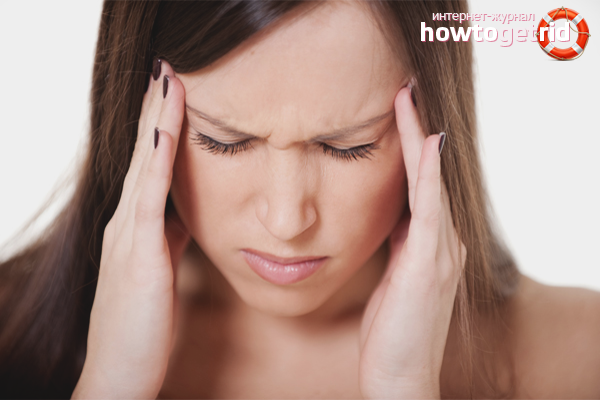


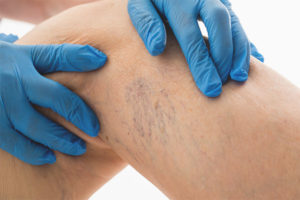
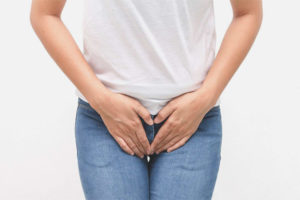
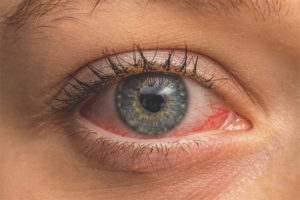

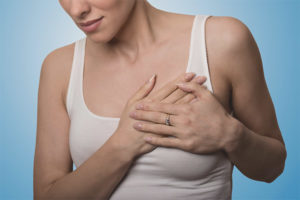
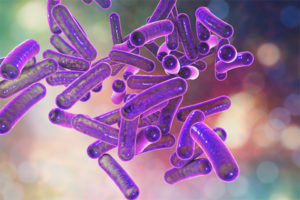
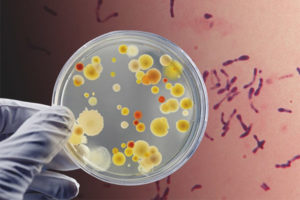

Submit
Thanks for the tips, be sure to use a few 🙂